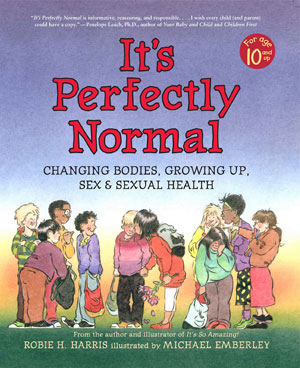Amelia Earhart: This Broad Ocean
by
Sarah Stewart Taylor and James Sturm
Taylor and Strum, S. (2010). Amelia Earhart: this broad ocean . New York:
Disney Hyperion Books.

Taylor and Strum’s Amelia Earhart was really fun. I genuinely enjoyed the way the authors combined biography, graphic novel, and historical fiction to tell the story of this amazing aviatrix. Showing us the real-life Earhart through the eyes of a fictional young girl named Grace builds a bridge with the young readers for whom this book is geared. It seems that Grace is almost a reflection of Amelia in that they both had a dream: Grace to be a reporter and Earhart to fly across the Atlantic. Moreover, Ben Towle’s illustrations make them even look so much alike they could have been related. The illustrations are very artistic and simple, but there were times I wished they had more color to better depict such a colorful and vibrant heroine.
To the combination of writing styles the authors employed, I should add “inspirational novel” since Amelia Earhart could very easily inspire young readers – male and female alike – to pursue their dreams. That’s admirably illustrated by the fact that the introduction to the book is written by Eileen Collins – a female astronaut. This inspirational element in particular makes this a book to recommend to students.
Google Image: paperbackswap.com





